Home>Renovation & DIY>Home Renovation Guides>How To Find A Crawl Space Under A House
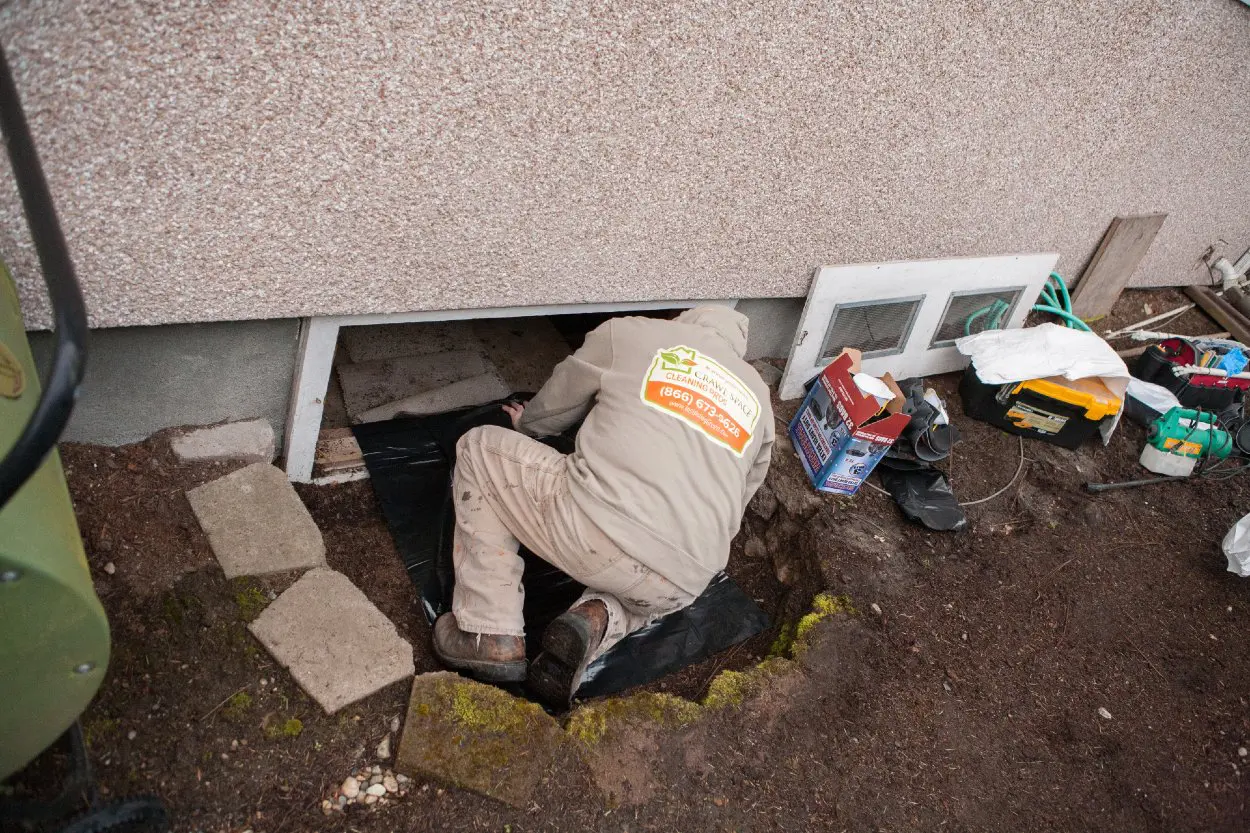

Home Renovation Guides
How To Find A Crawl Space Under A House
Modified: February 18, 2024
Learn how to locate a crawl space under your house with our comprehensive home renovation guide. Discover expert tips and techniques for successful home improvement projects.
(Many of the links in this article redirect to a specific reviewed product. Your purchase of these products through affiliate links helps to generate commission for Storables.com, at no extra cost. Learn more)
Introduction
Finding a crawl space under a house can be a crucial task for homeowners, especially when considering renovations, repairs, or maintenance. A crawl space serves as a vital component of a home's structure, providing access to essential systems such as plumbing, electrical wiring, and HVAC ducts. Understanding how to locate and access a crawl space is essential for homeowners and contractors alike.
In this comprehensive guide, we will delve into the process of finding a crawl space under a house, offering valuable insights and practical steps to assist you in this endeavor. Whether you are a homeowner seeking to inspect your property's infrastructure or a professional contractor embarking on a renovation project, the information provided here will equip you with the knowledge needed to navigate this aspect of home maintenance effectively.
By gaining a deeper understanding of the purpose and significance of a crawl space, as well as learning to recognize the signs that indicate its presence, you will be better prepared to undertake the task of locating and accessing this essential area beneath your home. With clear and actionable steps outlined, you will be empowered to approach this undertaking with confidence and precision.
Let's embark on this journey together, as we unravel the mystery of finding a crawl space under a house, demystifying the process and empowering you with the knowledge to navigate this aspect of homeownership or renovation projects.
Key Takeaways:
- Finding a crawl space under a house is important for accessing essential home systems and maintaining a healthy living environment. Look for exterior vents, low foundations, and signs of moisture to locate it.
- To find a crawl space, inspect the exterior and interior of the house, detect moisture, and consider professional help if needed. Understanding its purpose and signs will help homeowners and contractors locate and maintain it effectively.
Read more: What Is A Crawl Space In A House
Understanding the Purpose of a Crawl Space
A crawl space, often found beneath homes, serves several crucial purposes that contribute to the overall functionality and structural integrity of a property. This often-overlooked area provides access to essential components of a home's infrastructure, including plumbing, electrical wiring, and HVAC systems. Additionally, it serves as a buffer zone between the ground and the living space above, offering insulation and moisture control.
One of the primary functions of a crawl space is to facilitate easy access to vital systems and utilities. This accessibility is invaluable for homeowners and maintenance professionals, as it allows for the inspection, maintenance, and repair of plumbing and electrical components without the need for extensive excavation or demolition within the living areas of the home. Furthermore, the presence of a crawl space enables technicians to install, upgrade, or replace HVAC ducts and equipment, ensuring optimal performance and energy efficiency.
Moreover, a well-maintained crawl space contributes to the overall health and comfort of the home. By providing a buffer between the ground and the living space, a crawl space helps regulate indoor temperatures and humidity levels. Proper insulation and moisture control within the crawl space can prevent issues such as mold growth, wood rot, and pest infestations, thereby safeguarding the structural integrity of the home and the health of its occupants.
Furthermore, a crawl space can play a crucial role in mitigating potential structural damage to the home. By allowing for adequate ventilation and moisture control, the crawl space helps prevent the accumulation of excess moisture, which can lead to issues such as wood rot, corrosion of metal components, and compromised structural stability. Additionally, a well-ventilated crawl space can deter the buildup of harmful gases, such as radon, further contributing to the safety and longevity of the home.
In essence, a crawl space serves as a vital intermediary zone that facilitates access, insulation, moisture control, and structural protection within a home. Understanding the multifaceted purpose of a crawl space underscores its significance in maintaining a safe, comfortable, and structurally sound living environment. With this understanding in mind, homeowners and professionals can appreciate the importance of locating and maintaining this often-underappreciated area beneath a house.
Identifying Signs of a Crawl Space
Identifying the presence of a crawl space beneath a house is essential for homeowners and contractors, as it paves the way for accessing and maintaining critical home infrastructure. While the location of a crawl space may not always be immediately apparent, several signs can indicate its existence.
-
Exterior Ventilation Openings: One of the most visible indicators of a crawl space is the presence of exterior ventilation openings around the perimeter of the house. These openings, often equipped with vents or grilles, allow for air circulation within the crawl space, serving to regulate moisture levels and prevent the buildup of harmful gases. Observing these ventilation openings can provide valuable clues regarding the location and extent of the crawl space.
-
Access Panels or Hatches: Some homes feature access panels or hatches located on the exterior or within the interior of the house, providing entry points to the crawl space. These panels may be concealed within the flooring or walls, typically secured with screws or latches. Identifying and inspecting these access points can lead to the discovery of the crawl space.
-
Low-Lying Foundation: Homes with a crawl space often exhibit a distinctive feature in the form of a low-lying foundation. Unlike properties with basements or slab foundations, houses with crawl spaces typically have a foundation that is closer to the ground, creating a visible gap between the bottom of the house and the soil. This characteristic can indicate the presence of a crawl space beneath the structure.
-
Moisture and Dampness: The presence of excess moisture or dampness in certain areas of the house, particularly near the ground level, can signal the existence of a crawl space. Moisture seepage, condensation, or the development of mold and mildew in these areas may point to underlying issues within the crawl space, necessitating further investigation and maintenance.
-
Professional Inspection: Engaging the services of a qualified home inspector or contractor can provide a comprehensive assessment of the property, including the identification of a crawl space. These professionals possess the expertise and tools to conduct a thorough examination, utilizing techniques such as thermal imaging and moisture detection to pinpoint the location and condition of the crawl space.
By recognizing these signs and indicators, homeowners and contractors can gain valuable insights into the presence and condition of a crawl space beneath a house. This awareness lays the groundwork for effectively locating and accessing the crawl space, enabling essential maintenance and renovations to be carried out with precision and confidence.
Tip: Look for a small access door or vent on the exterior of the house. If there isn’t one, check the interior for a hatch or opening in the floor. If you still can’t find it, consider hiring a professional to locate the crawl space.
Steps to Find a Crawl Space Under a House
Locating a crawl space beneath a house involves a systematic approach that combines observation, investigation, and, if necessary, professional assistance. By following these steps, homeowners and contractors can effectively pinpoint the presence and access points of a crawl space, laying the groundwork for essential maintenance and renovations.
-
Exterior Inspection: Begin by conducting a thorough examination of the exterior of the house. Look for ventilation openings, typically equipped with vents or grilles, positioned around the perimeter. These openings facilitate air circulation within the crawl space and serve as visible indicators of its presence. Additionally, observe the foundation of the house, noting any low-lying areas that may suggest the existence of a crawl space.
-
Interior Assessment: Proceed to inspect the interior of the house, paying close attention to areas where access panels or hatches may be located. These access points, often concealed within the flooring or walls, provide entry to the crawl space. Look for any signs of removable panels or hatches secured with screws or latches, indicating potential access to the crawl space from within the house.
-
Moisture Detection: Keep an eye out for signs of excess moisture or dampness within the house, particularly near the ground level. Moisture seepage, condensation, or the presence of mold and mildew in specific areas can signal the existence of a crawl space. Identifying these moisture-related indicators can guide you toward the location of the crawl space.
-
Professional Assistance: If the presence of a crawl space remains elusive or if further confirmation is required, consider enlisting the expertise of a qualified home inspector or contractor. These professionals possess the knowledge and tools to conduct a comprehensive assessment of the property, utilizing techniques such as thermal imaging and moisture detection to pinpoint the location and condition of the crawl space.
-
Utilize Floor Plans or Blueprints: Consult any available floor plans or blueprints of the house, as these documents may provide valuable insights into the location and layout of the crawl space. Floor plans often indicate the presence of access points or utility connections related to the crawl space, offering a strategic starting point for locating this essential area beneath the house.
By following these steps, homeowners and contractors can navigate the process of finding a crawl space under a house with clarity and precision. This foundational knowledge sets the stage for accessing and maintaining the crawl space, ensuring that essential home infrastructure remains readily accessible and well-maintained.
Conclusion
In conclusion, the process of finding a crawl space under a house is a fundamental aspect of homeownership and property maintenance. By understanding the multifaceted purpose of a crawl space and recognizing the signs that indicate its presence, homeowners and contractors can embark on the task of locating and accessing this essential area with confidence and precision.
The significance of a crawl space in facilitating access to vital home infrastructure, regulating indoor temperatures and moisture levels, and safeguarding the structural integrity of the property cannot be overstated. As a crucial intermediary zone between the ground and the living space above, the crawl space plays a pivotal role in ensuring the functionality, comfort, and longevity of a home.
By identifying visible indicators such as exterior ventilation openings, access panels or hatches, and low-lying foundations, homeowners can gain valuable insights into the presence and location of a crawl space. Additionally, the detection of moisture-related issues and the engagement of professional assistance can further enhance the accuracy and thoroughness of the search for a crawl space.
Furthermore, the systematic approach outlined in this guide, encompassing exterior and interior inspections, moisture detection, and the utilization of floor plans or blueprints, equips homeowners and contractors with a comprehensive strategy for locating a crawl space beneath a house. This strategic approach lays the groundwork for essential maintenance, repairs, and renovations, ensuring that critical home infrastructure remains accessible and well-maintained.
In essence, the knowledge and insights gained from this guide empower individuals to navigate the process of finding a crawl space under a house with clarity and efficacy. By embracing the importance of this often-overlooked area and taking proactive steps to locate and maintain it, homeowners and contractors can uphold the integrity and functionality of their properties, fostering a safe, comfortable, and resilient living environment for years to come.
Frequently Asked Questions about How To Find A Crawl Space Under A House
Was this page helpful?
At Storables.com, we guarantee accurate and reliable information. Our content, validated by Expert Board Contributors, is crafted following stringent Editorial Policies. We're committed to providing you with well-researched, expert-backed insights for all your informational needs.
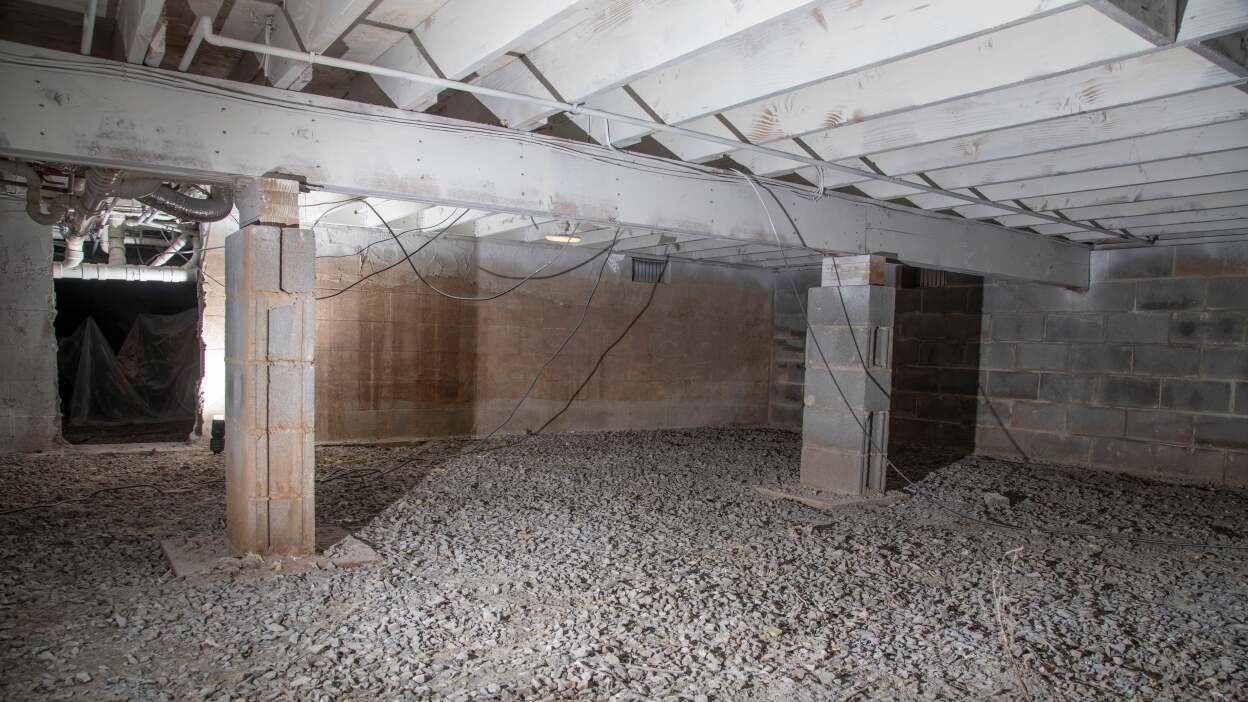
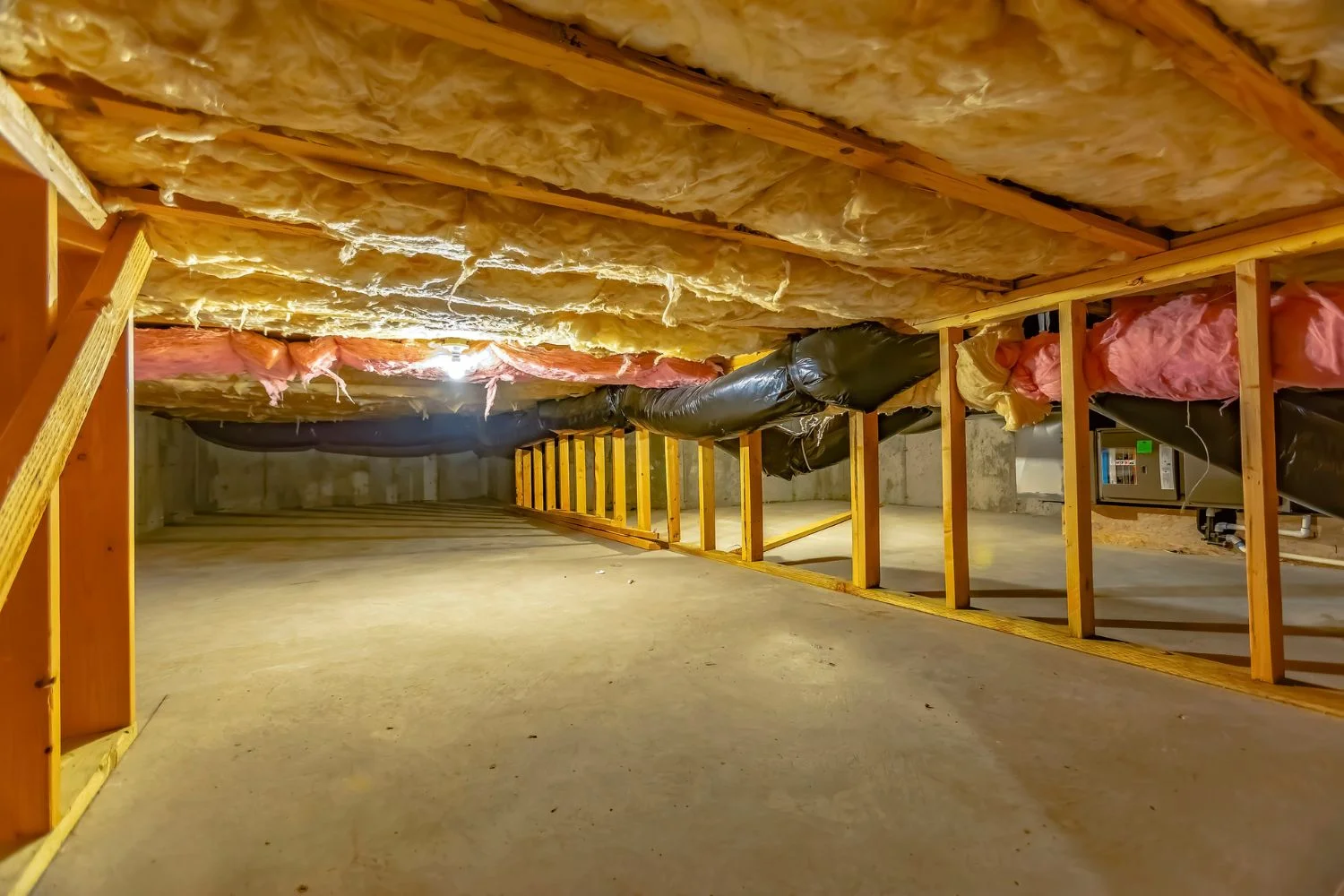
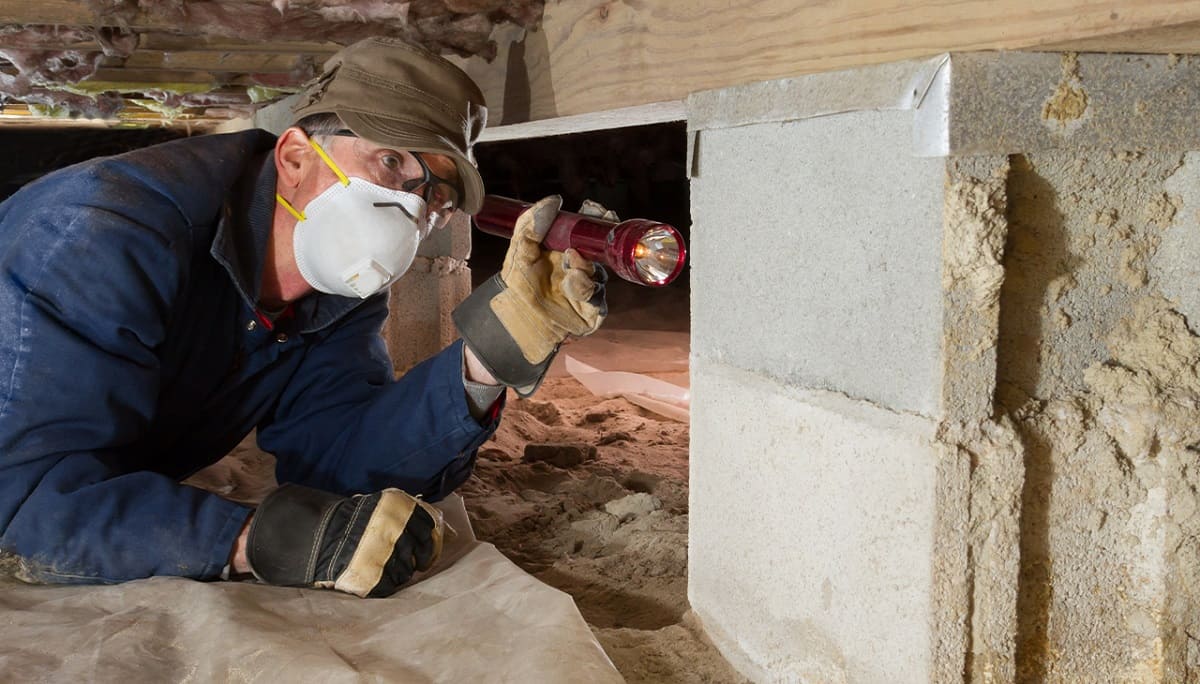
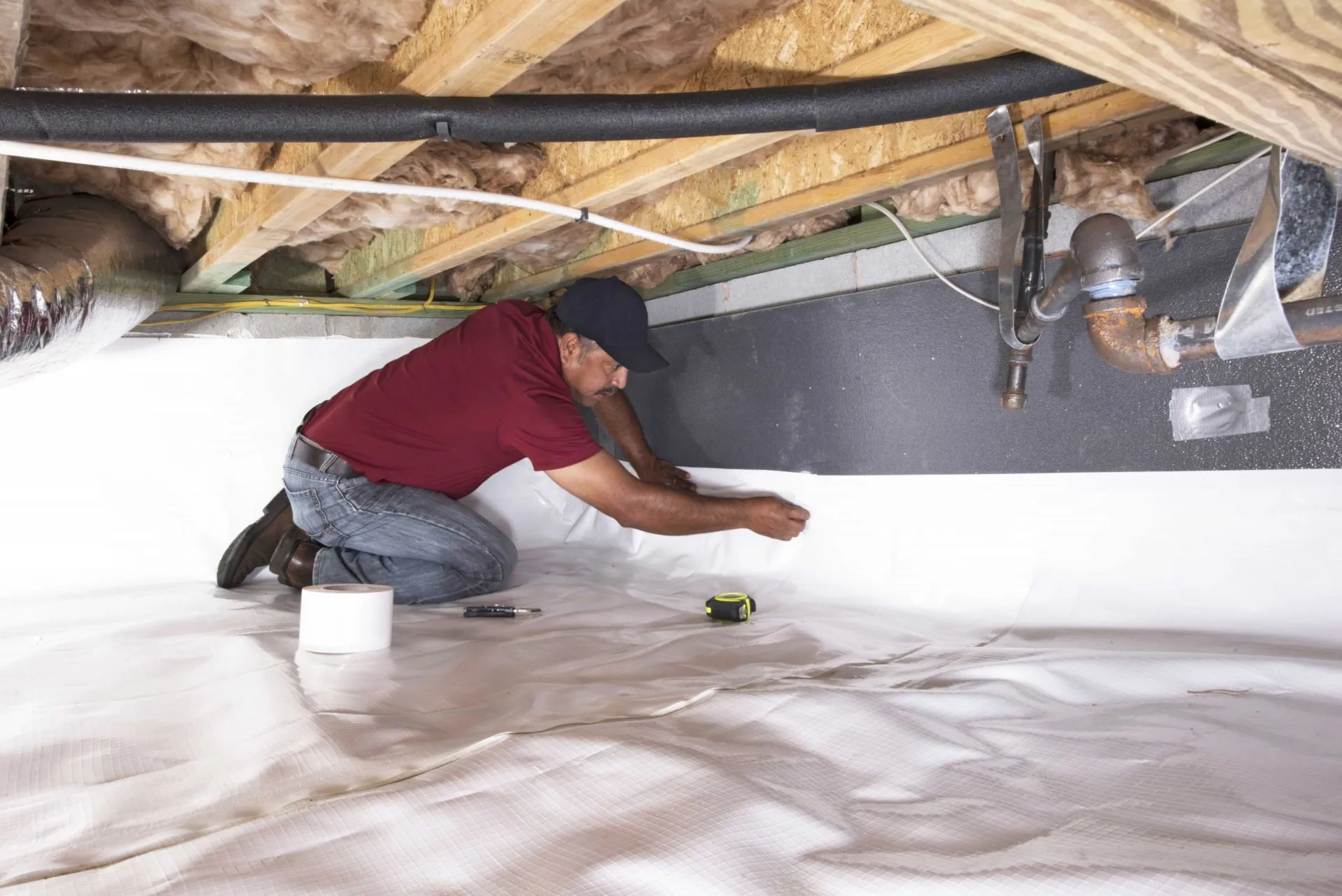
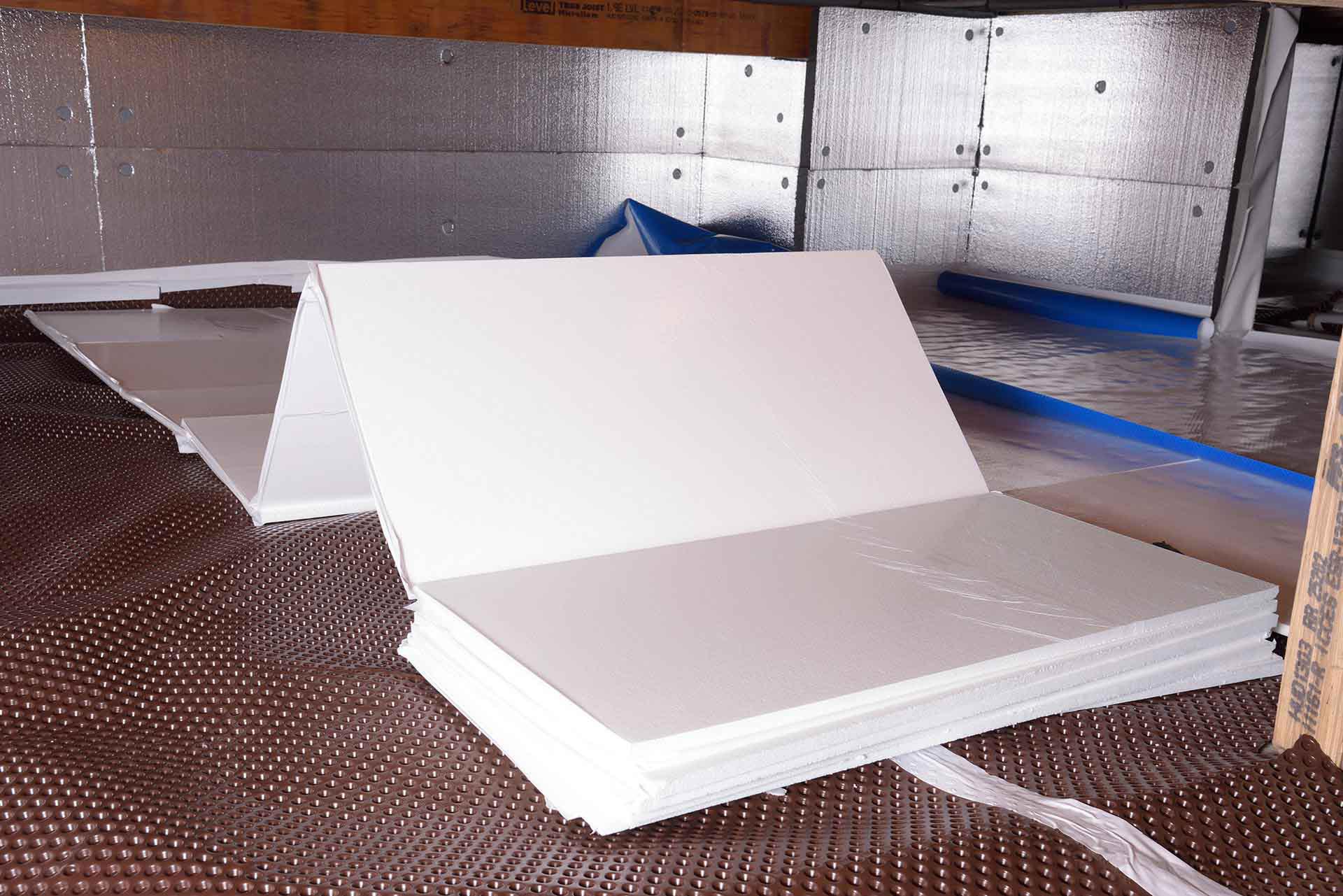
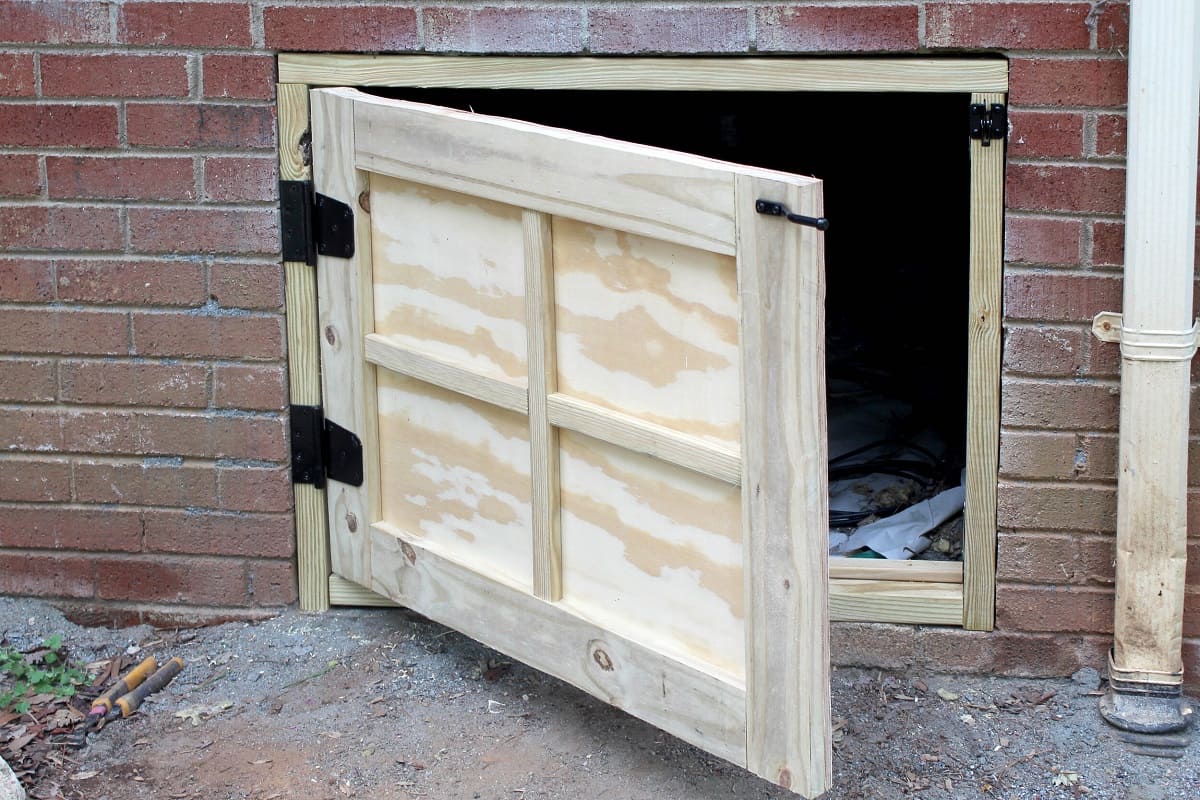
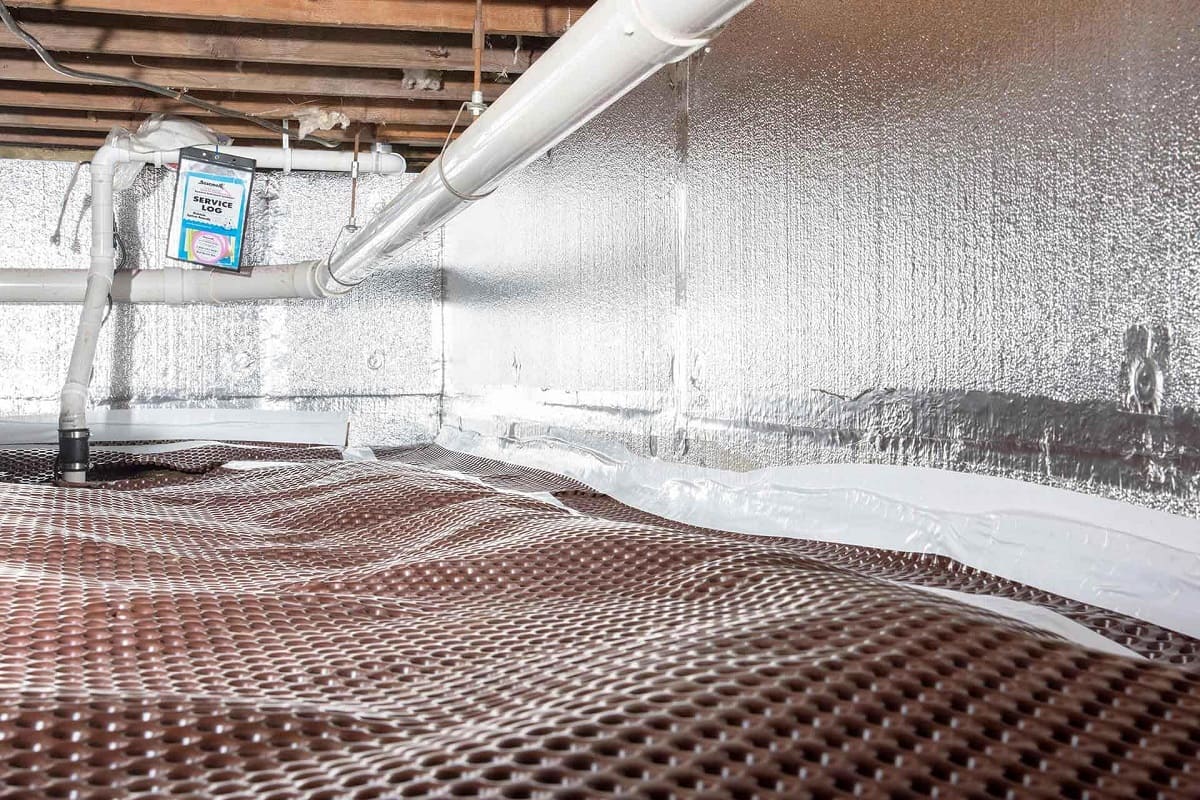
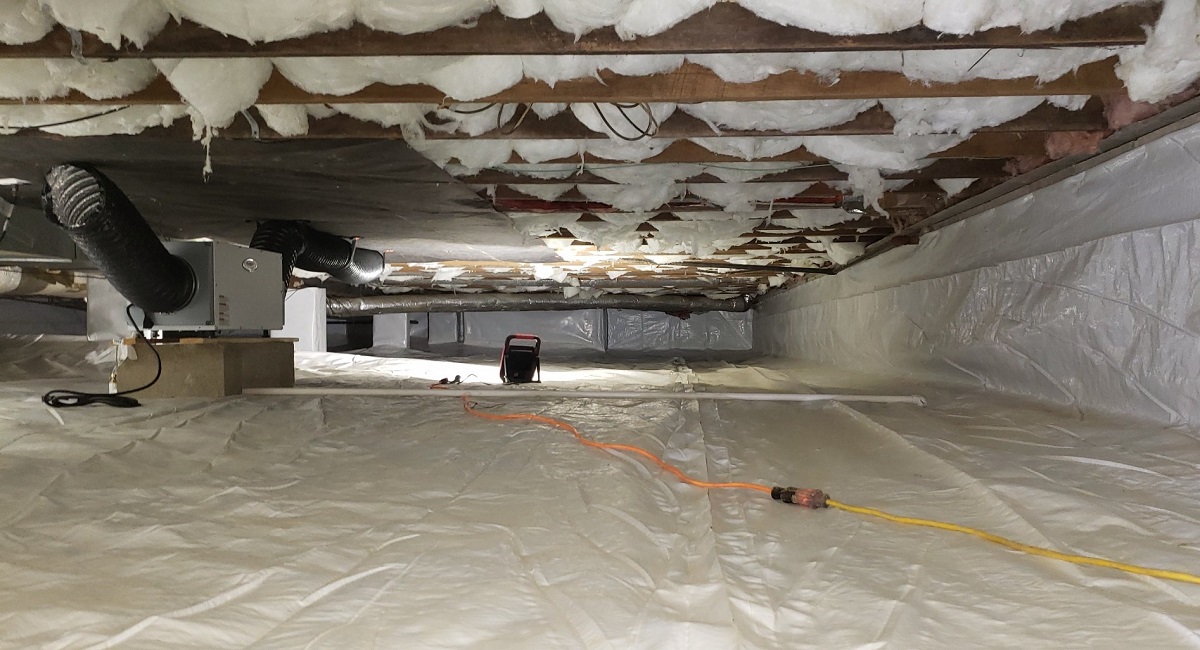
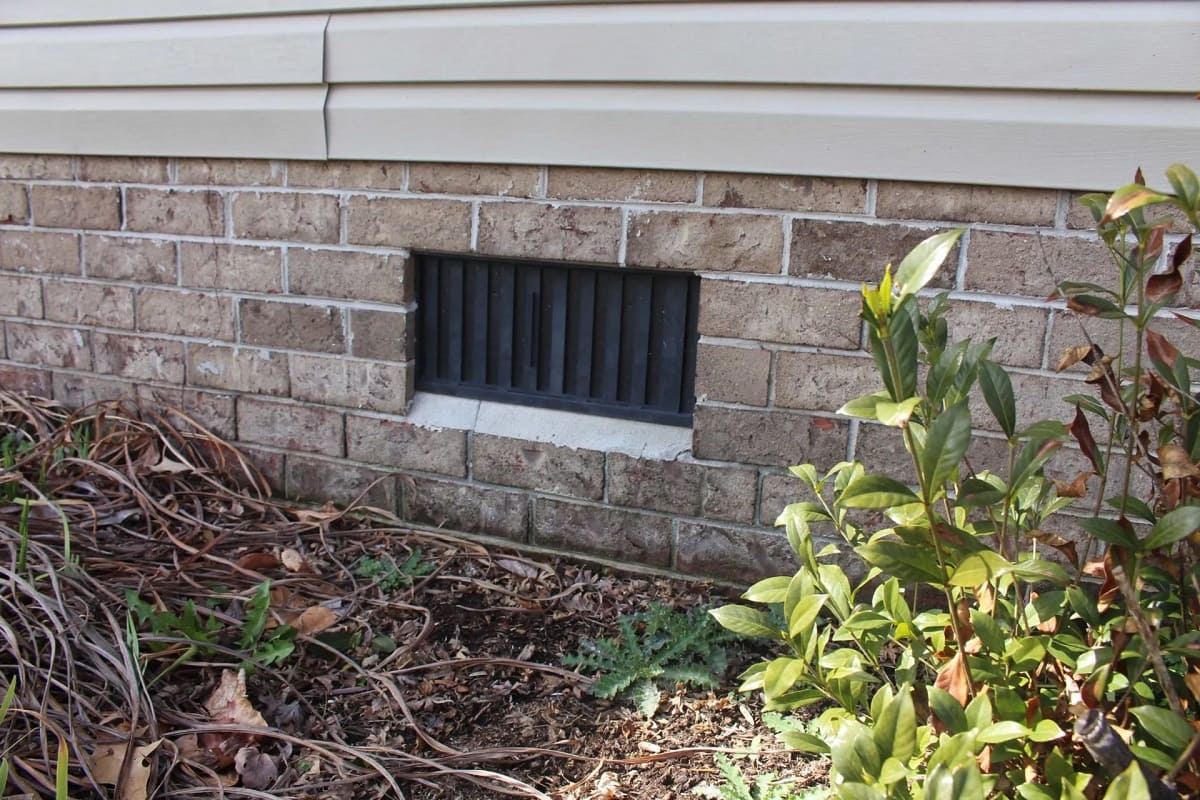
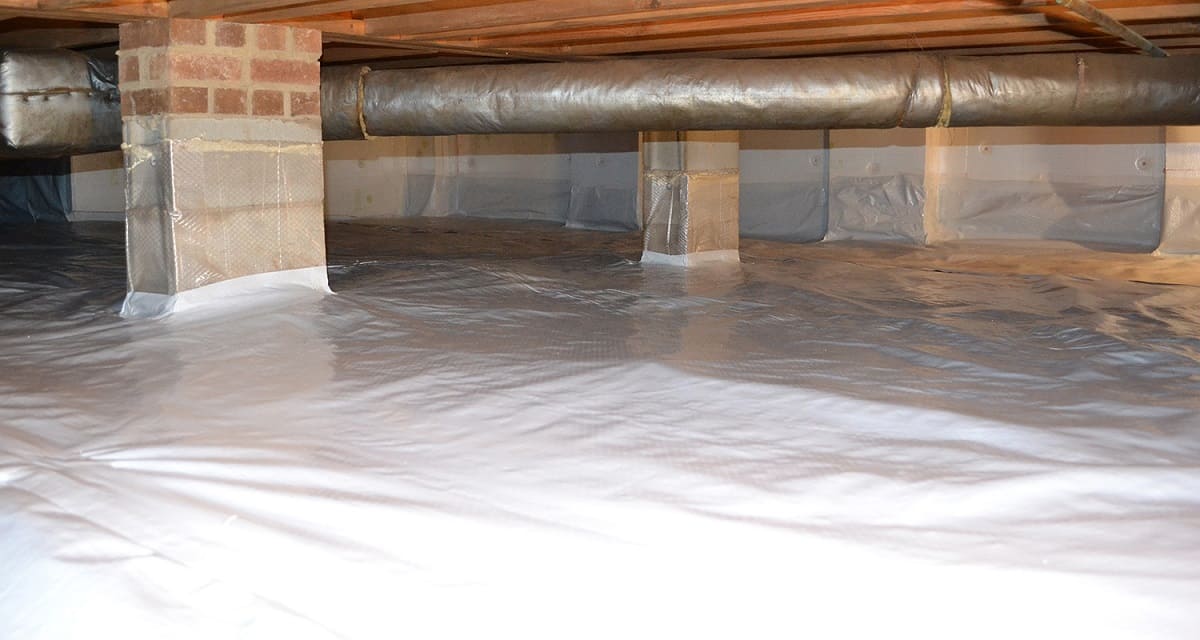
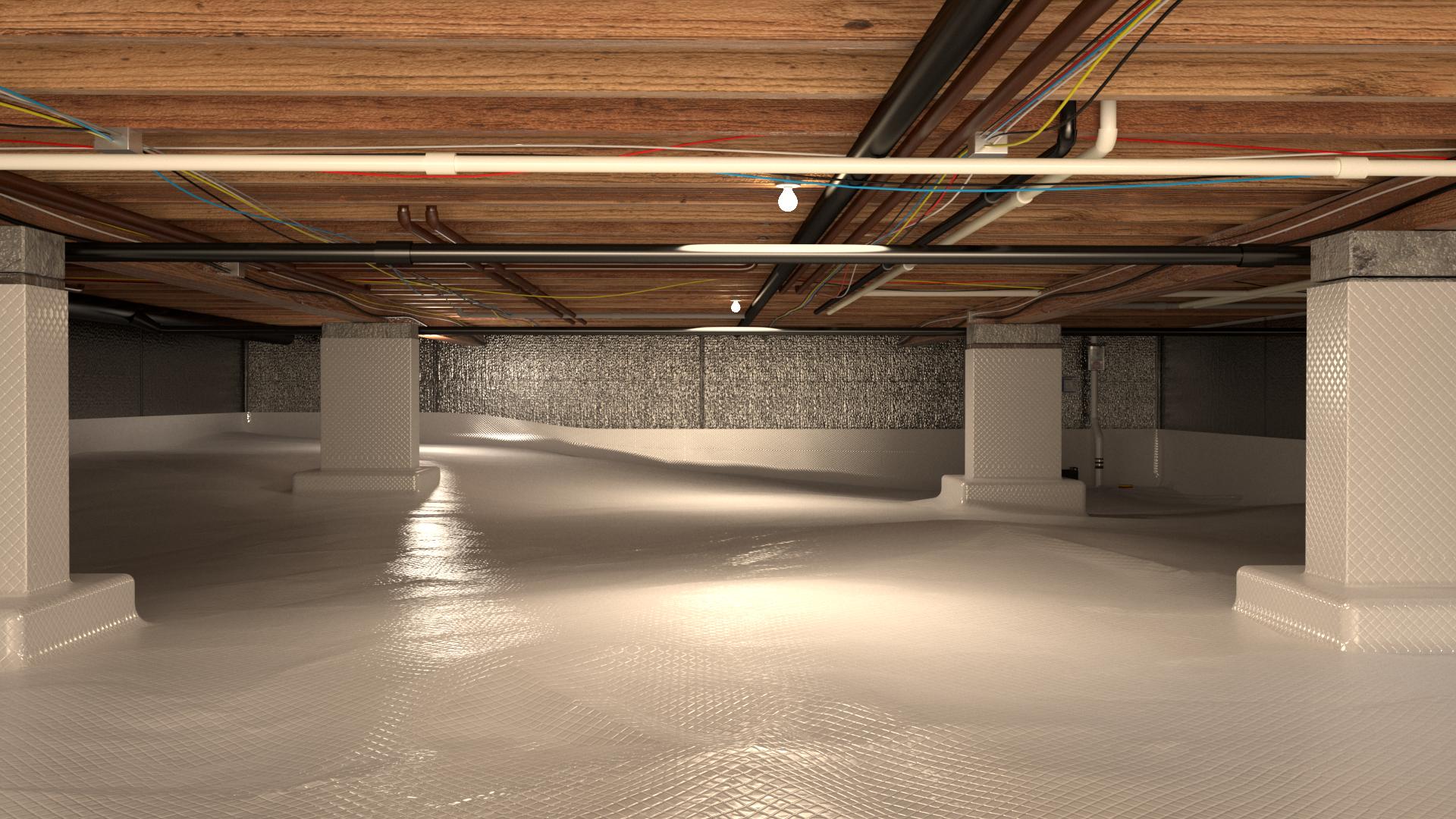
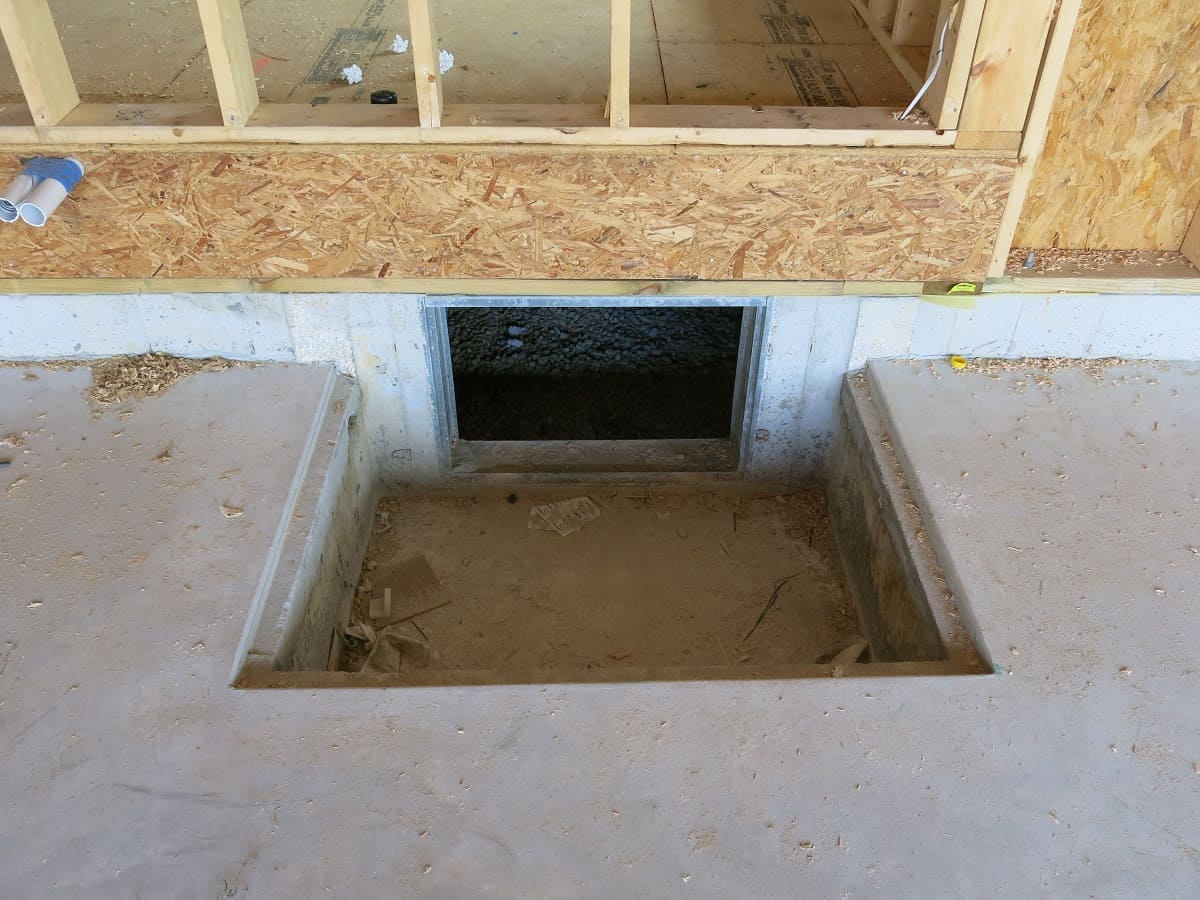

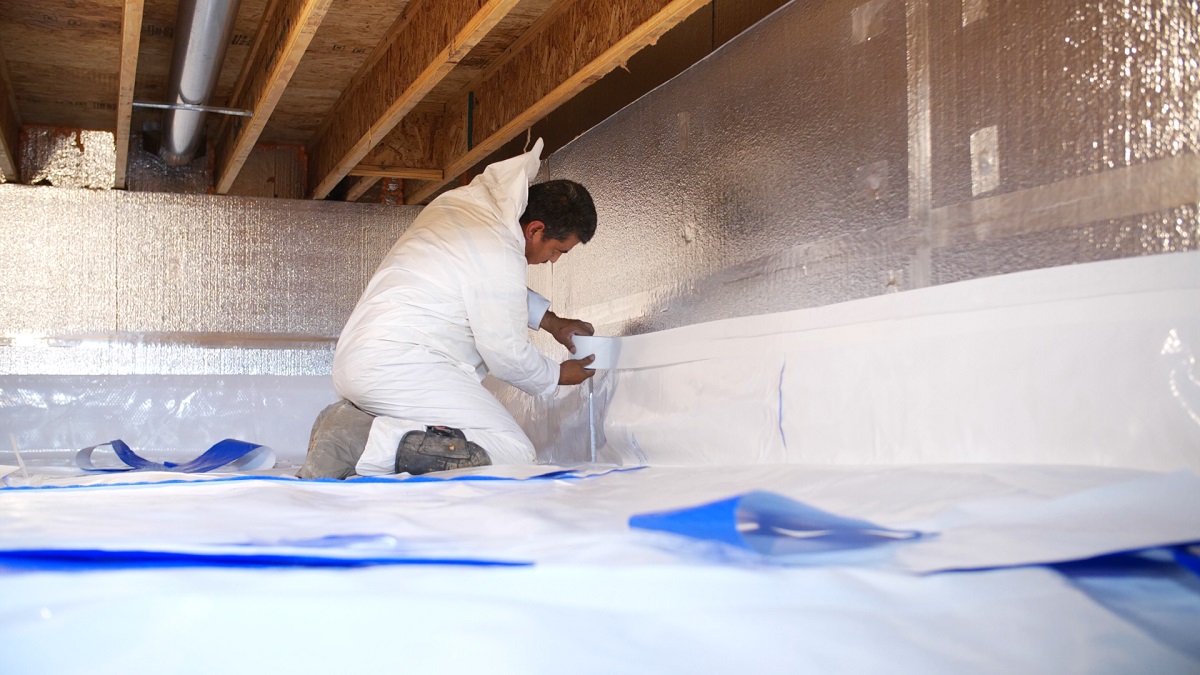
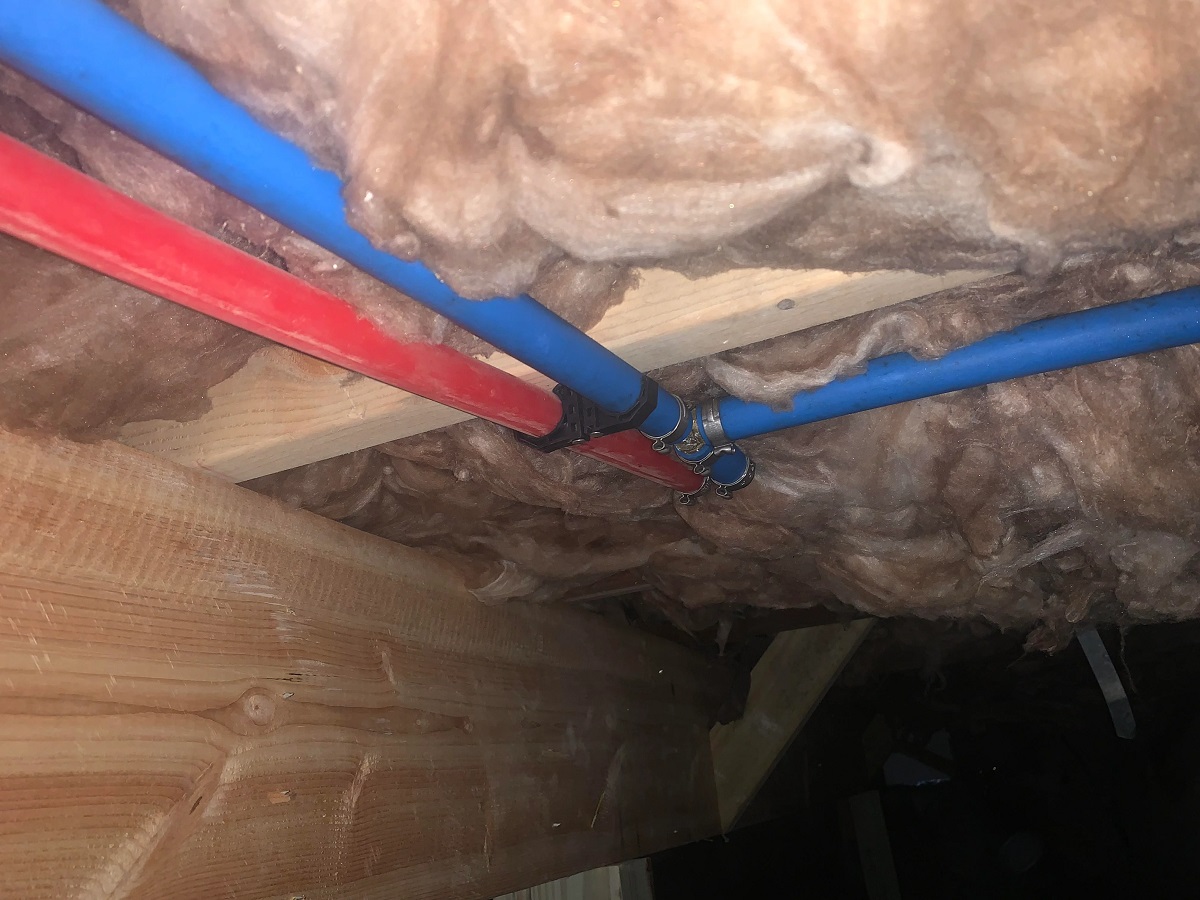

0 thoughts on “How To Find A Crawl Space Under A House”